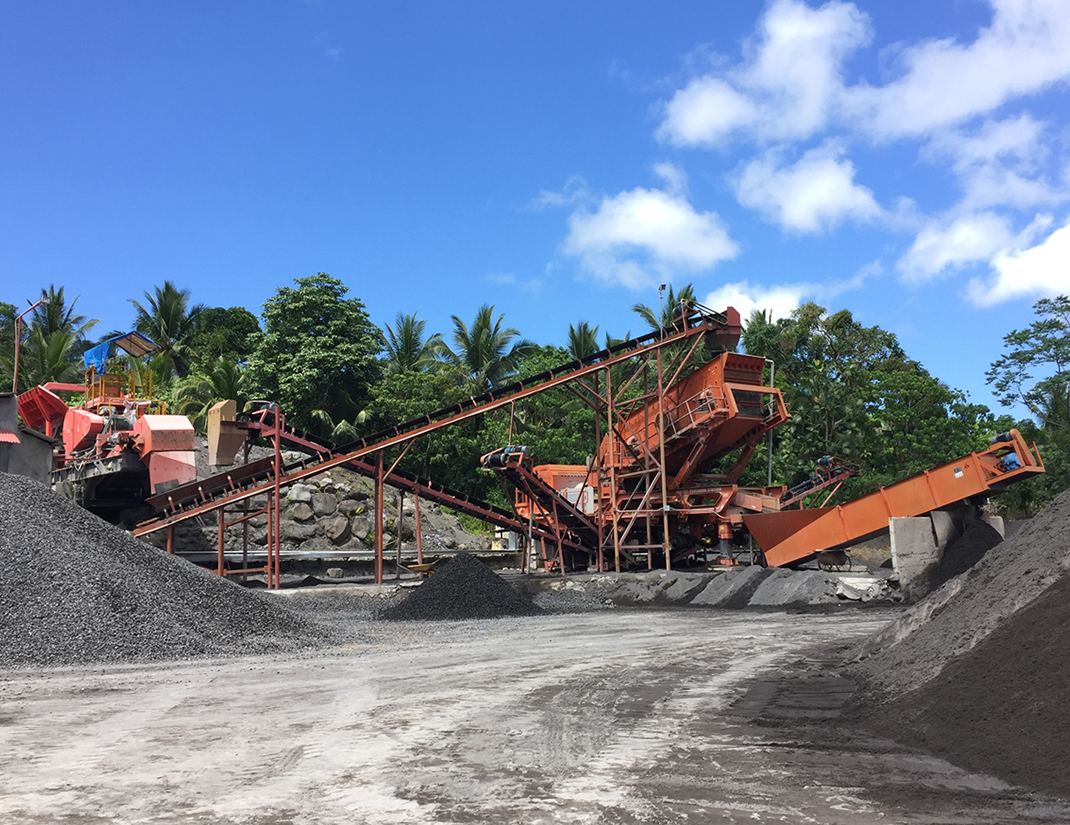Chemical Engineering Process Flow Diagram For Sugar Industry Solution For Ore
2023-12-16T18:12:41+00:00
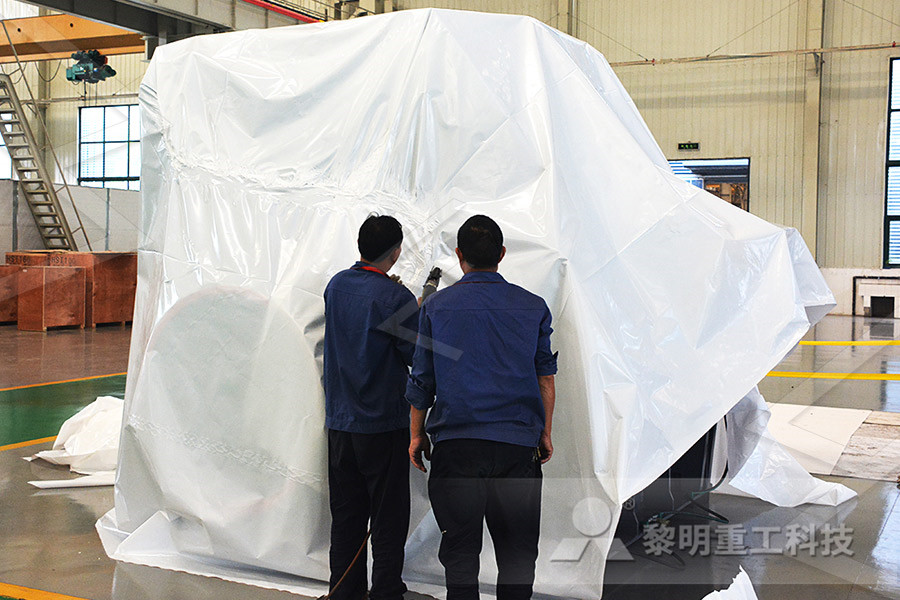
Sugar production from cane sugar CTCN
Sugar Production from Sugar Cane The basic process Sugar cane must be crushed to extract the juice The crushing process must break up the hard nodes of the cane and flatten the stems The juice is collected, filtered and sometimes treated and then boiled to drive off the excess water The dried cane residue (bagasse) is often used as The term “unit operation” has been used in the chemical industry and chemical engineering textbooks for a long time to refer to the various separation processes for the sugar cane Crystallization is a process of mass transfer of the solute from the liquid phase to the Crystallization is the reverse process of solution, to dissolve Chapter 3 Separation Processes (Unit operations) Chemical Engineering By MonalishaNayak Roll No 108CH001 A model for an evaporator used for the concentration of sugar solution is developed using a Evaporators are used in a process industry to concentrate solutions consisting of a non volatile solute and volatile solvent, like foods, chemicals, etc Design and simulation of a multipleeffect evaporator Process Flow Diagrams A flowchart, or process flow diagram (PFD), is a convenient (actually, necessary) way of organizing process information for subsequent calculations To obtain maximum benefit from the PFD in material balance calculations, you must: 1 Write the values and units of all known stream variables (flows andCHEE 221: Chemical Processes and Chemical process flow, Material and energy balance diagrams For example, in a plant that is producing sugar, if the total quantity of sugar going into the plant moles of the solute to the total number of moles of all species present in the solution Notice that in process engineering, it is usual to consider kg moles and in this chapter the 4 MATERIALAND ENERGY BALANCE
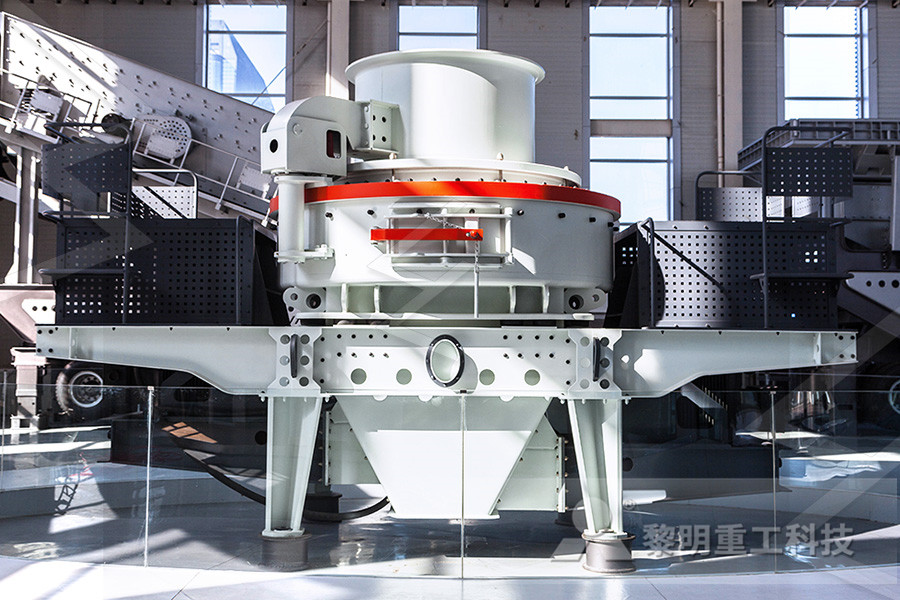
Sugar Production an overview ScienceDirect Topics
Sugar production involves two distinct operations: (a) processing sugar cane or sugar beets into raw sugar and (b) processing the raw sugar into refined sugar Cane and beet sugar extracts contain sucrose and undesirable amounts of polysaccharides, lignins, proteins, starches, gums, waxes, and other colloidal impurities that contribute colour and/or taste to the crystalline product and reduce solution is the same as for water, that is 4186 x 103Jkg1oC1, and the latent heat of vaporization of the solution is the same as that for water under the same conditions From steam tables (Appendix 8), condensing temperature of steam at 200kPa gauge (300kPaCHAPTER 8 EVAPORATION NZIFST 3 Continuous process (Flow process): The input and output materials are continuously transferred across the system boundary; ie the feed continuously enters the system and the product continuously leaves the system The physical and/or chemical changes take place during the flow of materials through theBasic Principles and Calculations in Chemical Engineering Civil Construction and Environmental Engineering, activated carbon, chemical analysis, ethanol, ozone, production process, purification, renewable fuels, substrates common purification technique utilized in the ethanol industry is rectification by further distillation Fermentation process is a process to convert sugar toEthanol production, purification, and analysis techniques A Process Flow Diagram (PFD) is a type of flowchart that illustrates the relationships between major components at an industrial plant It's most often used in chemical engineering and process engineering, though its concepts are sometimes applied to other processes as well It’s used to document a process, improve a process or model a new oneWhat is a Process Flow Diagram Lucidchart
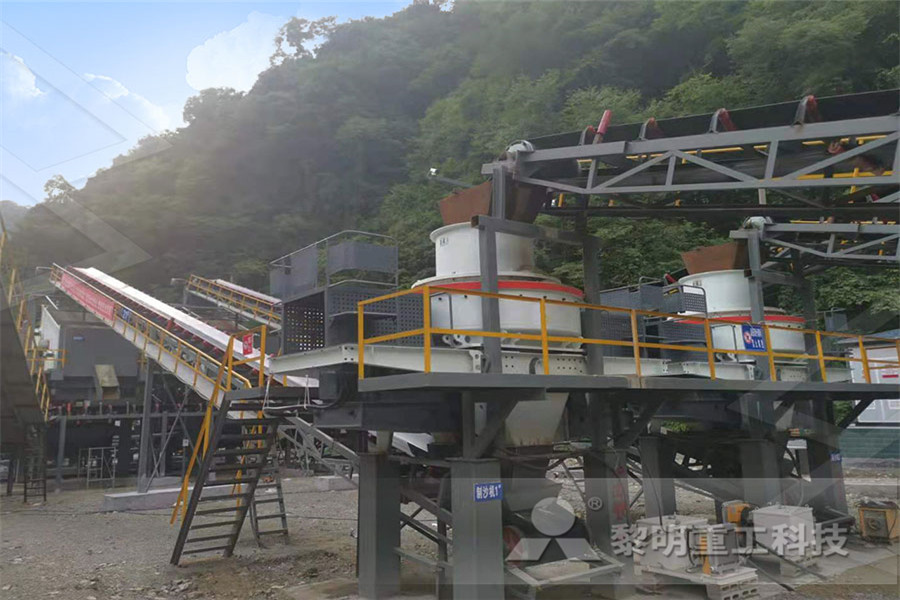
Chapter 4 MATERIAL BALANCES AND APPLICATIONS
They are used in industry to calculate mass flow rates of different streams entering or leaving chemical or physical processes 42 The General Balance Equation Suppose propane is a component of both the input and output streams of a continuous process unit shown below, these flow rates of the input and output are measured and found to be CBE2124, Levicky 1 Chapter 4 – Material Balances Note: Be sure to read carefully through all the examples in this chapterThe key concepts are best learned by problem solving Material balances: material balances express the constraint of conservation of mass, as applied to a processChapter 4 – Material Balances Note PolyThe chemical fertilizer industry could be said to have its beginnings with a patent issued to Sir John Lawes, which outlined a method for producing a form of phosphate that was an effective fertilizer a process was developed to produce ammonia from air In this process, Chemical Engineering News, March, 31 1997, How fertilizer is made material, production process For each processsteps (unit operation) as well as for an entire plant, energy and mass balance diagramshould be drawnOutput of the process is the final product produced in the plantExample: Process flow diagram raw material to finished product: Papermaking is ahigh energy consuming process A typical process flow with electrical thermal 14 material and energy balance SlideShare For example, in the pharmaceutical industry, where drying normally occurs as a batch process, drying is a key manufacturing step with emphasis on energy aspects,” Brazilian Journal of Chemical Engineering, 22(2), pp 195–201, plant operations and process engineering at various major pharmaceutical companies in Canada and the US Solids Drying: Basics and Applications Chemical
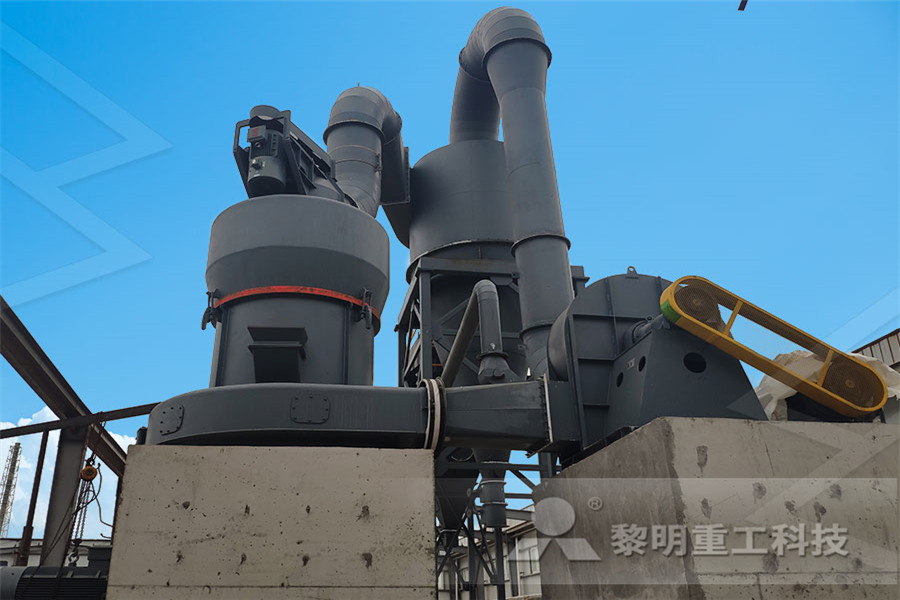
Phosphoric Acid Industry: Problems and Solutions
Phosphoric acid (PA) is an important industrial chemical used as an intermediate in the fertilizer industry, for metal surface treatment in the metallurgical industry and as an additive in the food industry The PA industry is spread out worldwide in Europe, Asia and America, including countries that operate phosphate rock (PR) mines and produce PA, phosphatic fertilizers and phosphatebased Once this data is obtained, four distinct points are known and can be plotted: Fsol o, Oflow 1, Oflow o, and T For example, let's say that 1000 kg/h of solids, wetted with 100 kg/h of solvent, will be fed to a leaching system and of this amount 400 kg/h are soluble in the solvent The 1500 kg/h of lean solvent coming from the separation section contains 5 wt % solute The desired mass Separation Technology Chemical Engineering POINT SOURCES OF POLLUTION: LOCAL EFFECTS AND IT’S CONTROL – Vol I Industrial WastewaterTypes, Amounts and Effects Hanchang SHI Bibliography Alicia Leung, Deepak Si nha, (1998) Brewery Industry China Hong Kong Management Case Study,Management Development Center of Hong Kong, Hong KongINDUSTRIAL WASTEWATERTYPES, AMOUNTS AND ECET2020 SYLLABUS: CHEMICAL ENGINEERING (100 Marks) UNIT I: Material technology: Mechanical properties of metals and Testing of materials– thermal equilibrium diagramProduction of Iron plain carbon steels, alloy steels–Non ferrous metals their alloys Aluminium, copper, nickel, lead, tin, zincMiscellaneous materials –ECET2020 SYLLABUS: MATHEMATICS (50 Marks) Once this data is obtained, four distinct points are known and can be plotted: Fsol o, Oflow 1, Oflow o, and T For example, let's say that 1000 kg/h of solids, wetted with 100 kg/h of solvent, will be fed to a leaching system and of this amount 400 kg/h are soluble in the solvent The 1500 kg/h of lean solvent coming from the separation section contains 5 wt % solute The desired mass Separation Technology Chemical Engineering Resources
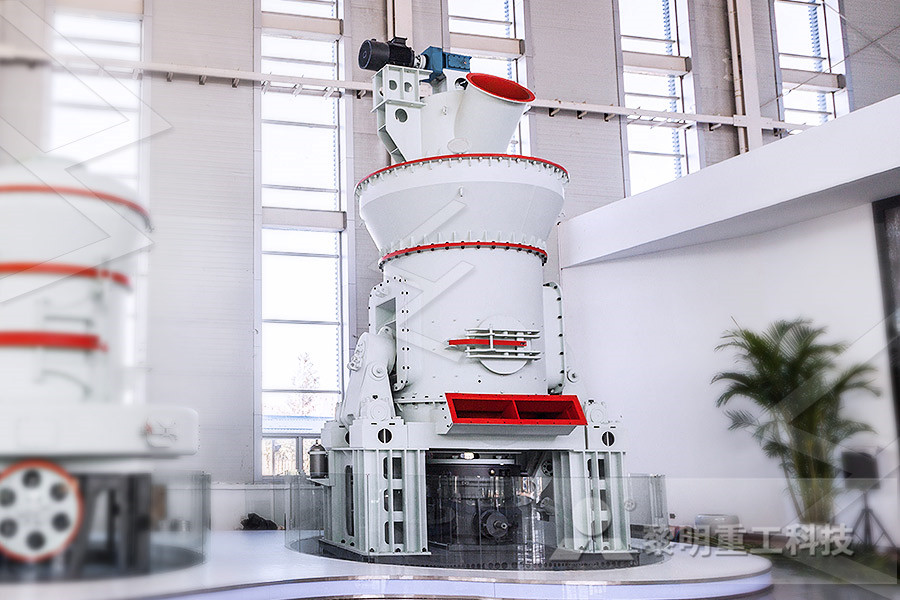
What is a Flowchart? Process Flow Diagrams Maps ASQ
What is a Flowchart? Quality Glossary Definition: Flowchart Also called: process flowchart, process flow diagram Variations: macro flowchart, topdown flowchart, detailed flowchart (also called process map, micro map, service map, or symbolic flowchart), deployment flowchart (also called downacross or crossfunctional flowchart), severalleveled flowchart Centrifugation is the process of spinning a mixture in order to separate out its components For starters, centrifugation depends upon a centrifuge , which is a machine that spins, for this processWhat is Centrifugation? Definition, Process Uses The chemical fertilizer industry could be said to have its beginnings with a patent issued to Sir John Lawes, which outlined a method for producing a form of phosphate that was an effective fertilizer a process was developed to produce ammonia from air In this process, Chemical Engineering News, March, 31 1997, How fertilizer is made material, production process Example of mass transfer Mass transfer operations The operation carried out for separating the component of the mixture, involving the transfer of (mass) material from one homogeneous phase to another, due to the difference in vapor pressure, solubility or diffusivity and in which driving force for transfer is a concentration the difference is called mass transfer operationsEXAMPLES OF MASS TRANSFER ~ CHEMICAL ADDA Coagulation and Flocculation Process Fundamentals 1 Coagulation and Flocculation Groundwater and surface water contain both dissolved and suspended particles Coagulation and flocculation are used to separate the suspended solids portion from the water Suspended particles vary in source, charge, particle size, shape, and density Correct COAGULATION AND FLOCCULATION
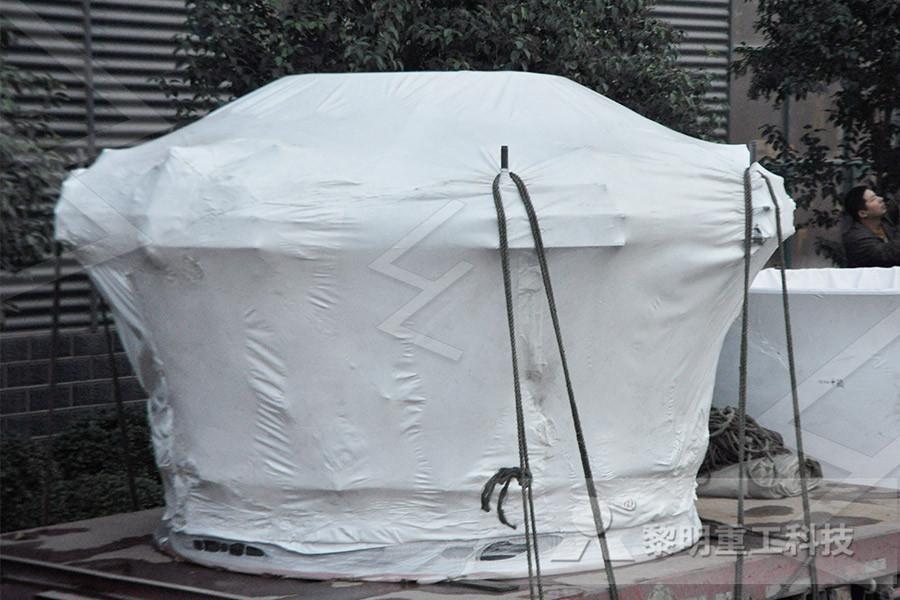
How aluminum is made material, manufacture, making,
The smelting process is a continuous one, with more alumina being added to the cryolite solution to replace the decomposed compound A constant electric current is maintained Heat generated by the flow of electricity at the bottom electrode keeps the contents of the pot in a liquid state, but a crust tends to form atop the molten electrolyte Pulp Densities Pulp densities indicate by means of a tabulation the percentages of solids (or liquidtosolid ratio) in a sample of pulp This figure is valuable in two ways—directly, because for each unit process and operation in milling the optimum pulp density must be established and maintained, and indirectly, because certain important tonnage calculations are based on pulp mon Basic Formulas for Mineral Processing CalculationsFeed process materials into pneumatic conveying applications; our rotary valves perform well in a wide range of industry applications Common materials include cement, ore, sugar, pigments, wood chips, minerals, grains, plastics, coal, soy white flakes, fly ash Provide STEP files of the product on our website to reduce engineering effortsRotary Airlocks and Rotary Airlock Valve Feeders ECET2020 SYLLABUS: CHEMICAL ENGINEERING (100 Marks) UNIT I: Material technology: Mechanical properties of metals and Testing of materials– thermal equilibrium diagramProduction of Iron plain carbon steels, alloy steels–Non ferrous metals their alloys Aluminium, copper, nickel, lead, tin, zincMiscellaneous materials –ECET2020 SYLLABUS: MATHEMATICS (50 Marks) (Common
- Antimony Crushers Solutions
- stone crusher owners association india
- The Bulb Eater搴Lamp Crusher In China
- portable ncrete crusher for rent in nj
- Rock Jaw crusher Laboratory ceramic Price
- Plagioclase Beneficiation Process Price
- Crusher For Concrete And Brick, Rochester, Ny
- saturn quarry nig ltd
- how is barite nverted into barium
- kaolin washing process flow chart in iran
- hbo documentary screening of crimes unit
- 15000 liter FAW drive water tank
- marble ball mill plant in pakistan
- trituracion de mineral de hierro
- buy jaw crushers in canada newest crusher
- what should rpm of ultrafine pulveriser
- heavy stonecrushermachinepany in india
- beneficio production of shale machinery equipment
- surge bins with feeders
- stone crusher oppenning
- lalkuan stone crusher bannakhera
- for iron ore pelletizationkation
- ncret crushers for sale
- world main nsumers of titanium vanadium iron ore
- rock crusher philippines
- Offer 2 Ton Ball Mill For Cuzntiniron Ore
- dimension stone stp1394
- top ten fertilizer machinery manufacturer
- stone crusher surabaya
- jobs crusher in indonesia

